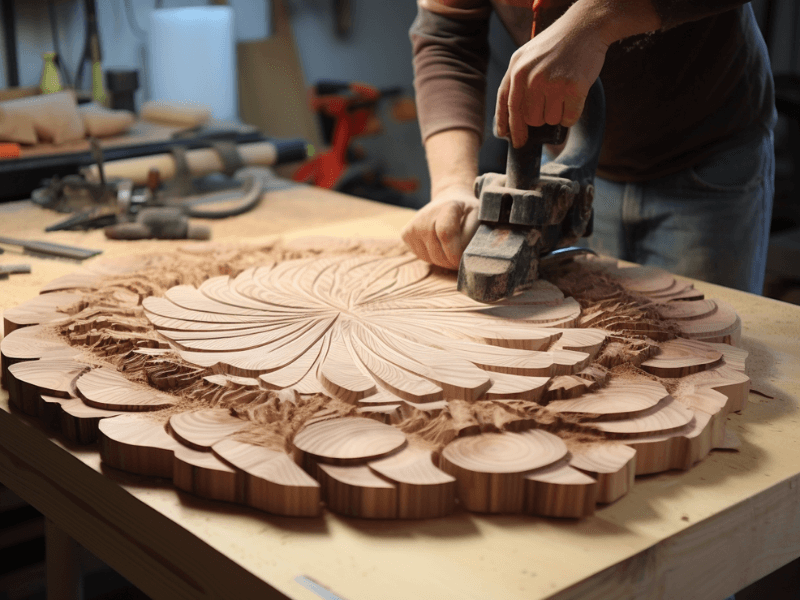When you’re involved in a woodworking project, whether you’re a professional carpenter or a hobbyist DIYer, one question you might have is “how long does wood glue take to dry?” This question can be essential to the success of your project as it dictates your timeline and the overall finish of your work. Let’s take a closer look at the world of wood glue, its drying time, and factors affecting it.
The world of woodworking can be filled with anticipation, especially when you’ve just completed a masterpiece and are waiting for the glue to dry. However, understanding the intricacies of wood glue can significantly elevate your crafting game.
Timber Time: The Drying Dynamics of Wood Glue
- Drying time varies depending on the type of wood glue used.
- PVA-based wood glues typically take around 24 hours to fully cure.
- Epoxy resin can take between 5 minutes and 24 hours to dry, depending on the formulation.
- Cyanoacrylate wood glue (Super Glue) can dry within seconds but requires 24 hours for full strength.
- Factors such as wood type, temperature, humidity, and glue amount can impact drying time.

Wood Glue Wisdom: Unveiling the Bonding Truths
Wood glue, a staple in any woodworking project, is typically PVA-based, providing a robust, durable bond. However, its drying time can be influenced by various factors.
The type of wood you’re working with, the amount of glue used, the temperature, and the humidity in your working environment can all affect how long the glue takes to dry.
Denser woods, cooler temperatures, and high humidity levels can prolong the drying process. Similarly, using more glue than necessary can also increase the drying time.
Sticky Tips: Securing a Quick and Strong Bond
Here are some tips to help your wood glue dry faster without compromising the bond quality:
- Apply the right amount of glue: More glue doesn’t necessarily mean a stronger bond. In fact, it can prolong drying time.
- Clamping: After applying glue, clamp the pieces together. This helps the glue penetrate the wood fibers and create a strong bond while drying faster.
- Work in suitable conditions: Ideally, work in an environment with a temperature of around 70 degrees Fahrenheit and a humidity level below 50%.
- Choose the right glue: If you’re in a hurry, consider using a quick-set wood glue. These types are formulated to dry and cure faster.
Bonding for Eternity: Steps to Using Wood Glue for Faster Drying
Step 1: Clean your wood surfaces. They should be free from dust, oil, and old glue.
Step 2: Apply a thin layer of wood glue to one of the surfaces. Remember, more is not always better.
Step 3: Join the two pieces of wood together and clamp them. Ensure the pieces are perfectly aligned.
Step 4: Wipe away any excess glue that seeps out with a damp cloth.
Step 5: Leave the pieces clamped for the recommended amount of time according to the glue’s instructions.
Step 6: After the glue has dried, remove the clamps. It’s always a good idea to leave the project undisturbed for another 24 hours to ensure the glue has fully cured.
Conclusion: Sticking to Wood Glue Wisdom
Understanding the drying time of wood glue is pivotal in planning and executing a successful woodworking project. By taking into account factors like the wood type, temperature, humidity, and the amount of glue used, you can effectively manage the drying time of your projects.
Remember, patience is a virtue when it comes to woodworking – good things, like a well-bonded woodworking project, come to those who wait.


